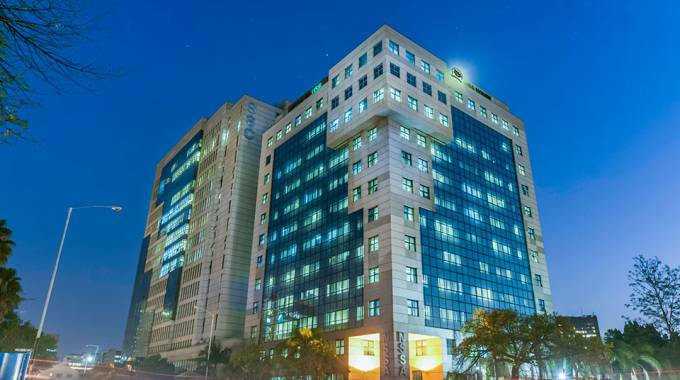Zimbabwe mobile internet, data traffic jumps 12,5%
A recent report has shown that Zimbabwe’s mobile internet and data traffic increased by 12,5 percent during the second quarter of 2024 as more people and organisations embrace digital platforms for different uses.
The growing adoption of digital technologies has seen many people and businesses doing business online with e-commerce recently becoming a huge part of the global economy.
The outbreak of Covid-19 and subsequent lock-down measures also gave e-commerce higher impetus, as businesses could remain operational, taking advantage of the ability to reach more customers through contactless means than traditional retail.
With so many people migrating online and projected to make their purchases remotely, experts view e-commerce as the fastest-growing retail market.
This has resulted in a growing demand for data and Information Communication Technologies (ICT), with mobile network providers working on providing high-speed networks.
Yesterday, Cabinet received the Postal and Telecommunications Sector Second Quarter Report presented by the Minister of ICT, Postal and Courier Services, Dr Tatenda Mavetera.
In his post-Cabinet media briefing, Information, Publicity and Broadcasting Services Minister, Dr Jenfan Muswere, said Zimbabwe has made commendable strides in advancing ICT development.
“Of particular note is that the amount of data and internet traffic on mobile devices increased by 12,5 percent, indicating that more online activities are relying on mobile data,” said Dr Muswere.
“Fixed telephony service maintained a tele-density of 1,90 percent, while there was an increase in data and internet subscriptions.”
Dr Muswere said during the period under review, the number of mobile base stations also increased with the deployment of 272 Long Term Evolution (LTE) infrastructure.
He said Econet Wireless Zimbabwe, as the leading telecoms company, added 31 new base stations while State-owned NetOne decommissioned 14 second-generation (2G) base stations and replaced them with fourth-generation (4G) /LTE stations.
“The transition of services from being voice-centric to data-centric has driven large investments in high-speed broadband infrastructure,” said Dr Muswere.
Meanwhile, Dr Muswere said the number of mobile subscriptions stands at about 14,8 million, an increase from the 14,7 recorded in the first quarter. — chronciles











